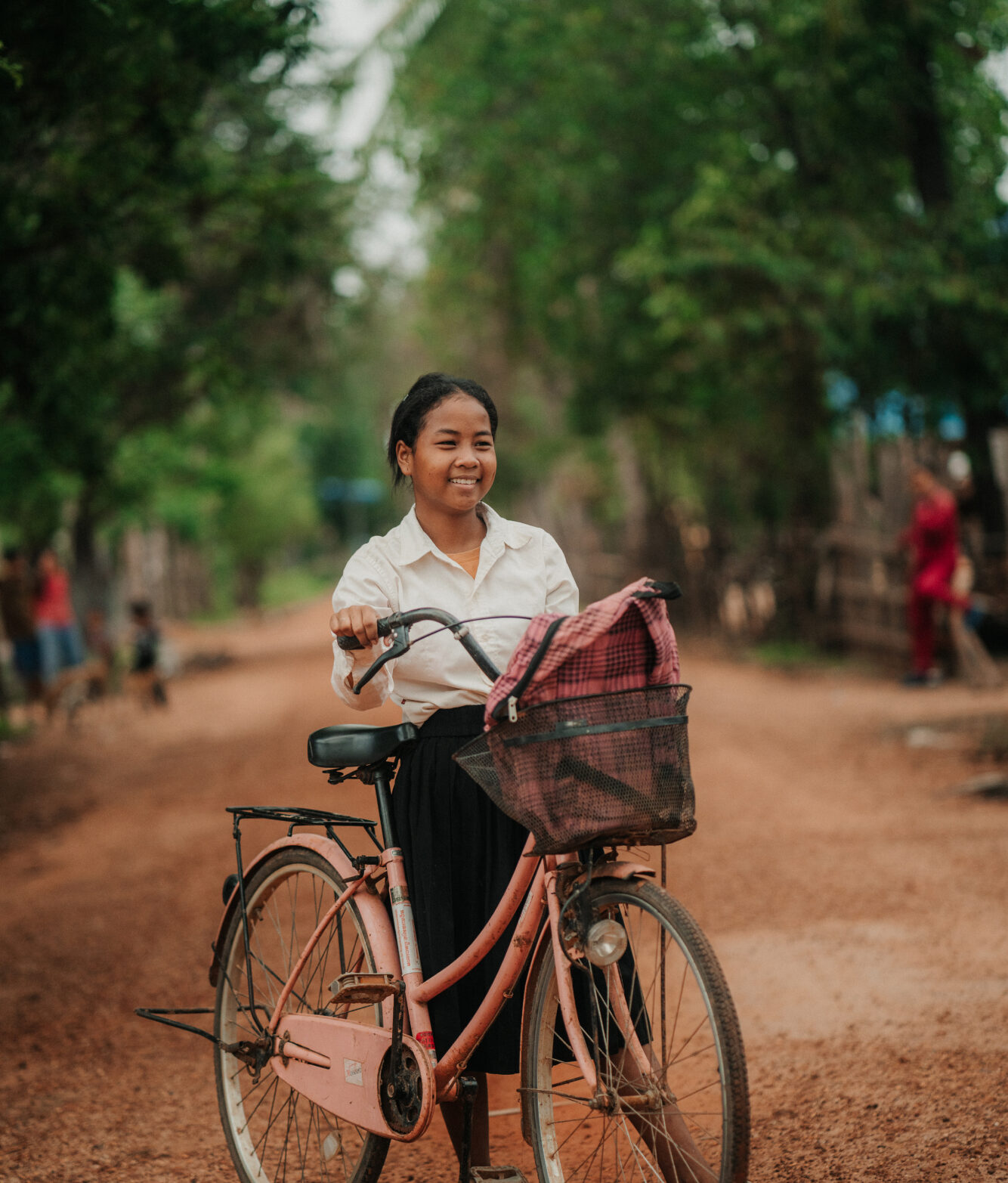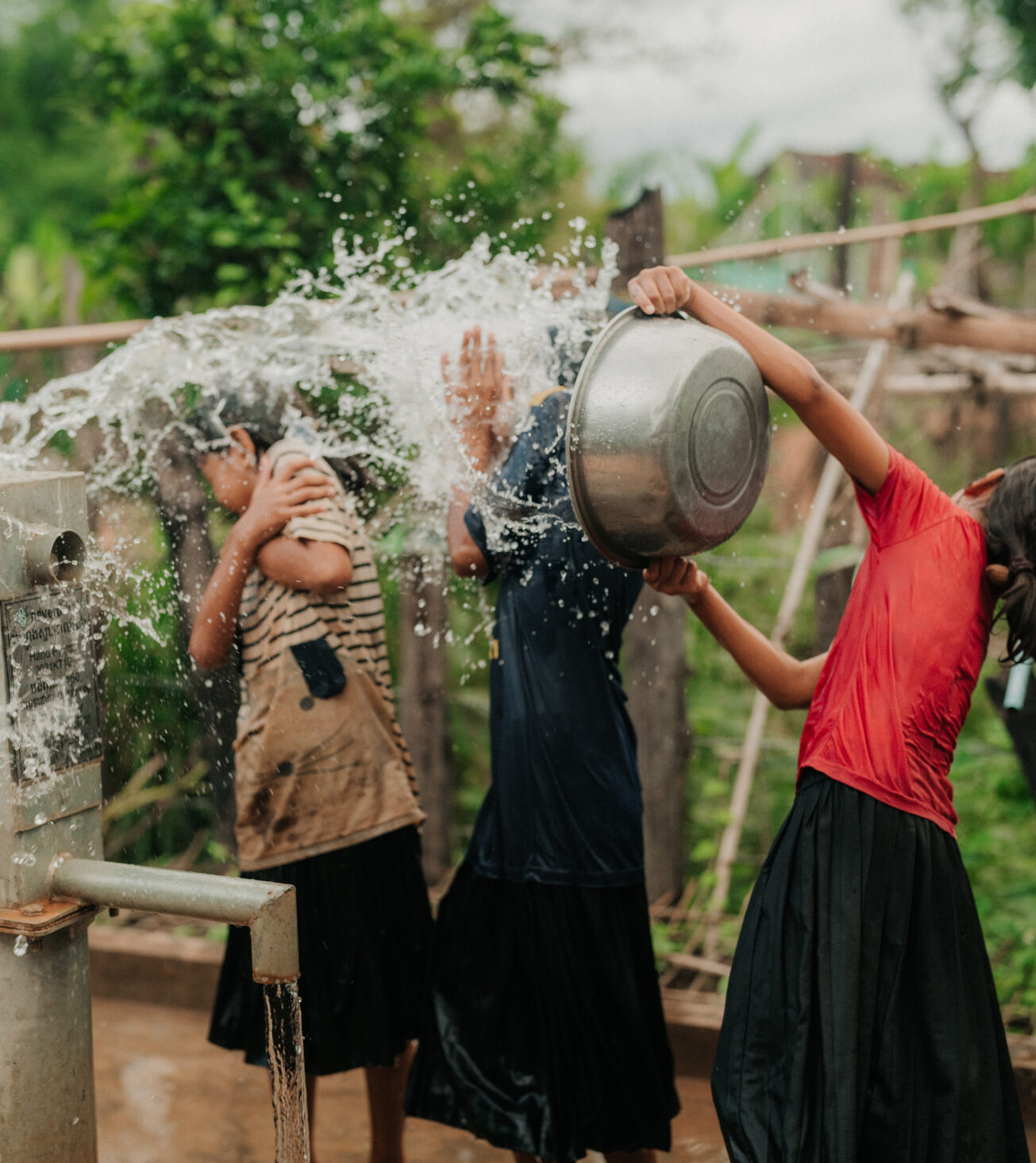Cambodia ranks 148th out of 193 countries in the UN’s Human Development Index. The water crisis in Cambodia has left over 3.4 million rural people without access to clean water in this Southeast Asian nation, located along the 10/40 Window. More than 16 million also remain unreached by the gospel.
CAMBODIA BY THE NUMBERS
Water Crisis in Cambodia
The Water Crisis in Cambodia
DO SOMETHING
Fund a Project in Cambodia
Serve an entire community or school with clean and living water. Projects range in cost depending on the region, project type, and amount of people served.
Serving the Unreached
In these remote regions, churches are scattered with little connection to each other or the wider community. Many are extremely motivated to participate in clean water programs that respond to the water crisis in Cambodia, helping them build relationships, gain credibility and trust, and serve unreached communities.
Our programs support pastors in project locations with evangelistic resources and empower them to form and grow home groups. Your support equips pastors and believers to meet physical needs while sharing the living water, Jesus Christ.

Our Plan for the Water Crisis in Cambodia
With your help, more than 250,000 rural people affected by the Cambodia water crisis will gain access to clean and living water in communities and schools by June 2029. You can make it possible to see:
communities gain access to clean drinking water through hand pumps, mechanized boreholes, and piped water systems
households in isolated areas provided with water filters to safely treat and improve drinking water
schools with access to clean drinking water, hand washing facilities, and functioning toilets
communities trained to operate and maintain water points
pastors, evangelists, and local believers mobilized to participate in WASH programs as an access point to share the gospel with unreached communities
Water Crisis and Education in Cambodia
The water crisis in Cambodia has a profound impact on education, particularly for children in rural areas. Many schools lack safe toilets and access to clean drinking water, making the school day difficult and unsafe.
For girls, the challenges are even greater. During menstruation, the absence of proper sanitation facilities can force them to miss classes — and in some cases, drop out entirely. When schools are equipped with clean water and hygiene facilities, attendance improves, students can focus better, and children of all genders gain the opportunity to pursue their education and future goals.
Women and the Water Crisis in Cambodia
In Cambodia, women and girls bear the brunt of the water crisis. Every day, they walk long distances to collect water, often along isolated or hazardous paths. This daily task consumes hours that could otherwise be spent on education, work, or family care.
The lack of safe water also exposes them to risks of injury, harassment, or violence. Access to clean water close to home not only provides safety and dignity but also opens up opportunities for women and girls to engage in education, work, and community life — empowering them and strengthening entire communities.
Frequently Asked Questions
1. Why is clean water still a challenge in Cambodia?
Clean water remains a challenge in Cambodia, especially in rural areas, where nearly 30% of the population does not have access to safe water within a 30-minute round trip. During the dry season, local water sources often dry up, forcing families to walk long distances—sometimes over an hour each way—to collect water. Additionally, many existing sources are either seasonal or contaminated, posing serious health risks.
2. How does the water crisis affect families in Cambodia?
The water crisis in Cambodia significantly impacts family health and quality of life. Contaminated or unreliable water sources contribute to the spread of preventable diseases, especially among children. The burden of collecting water—often multiple times a day—takes valuable time away from education and income-generating activities, limiting opportunities for families to thrive
3. What is neverthirst doing to help with the Cambodia water crisis?
neverthirst works in three rural Cambodian provinces to reach isolated communities and schools with high needs for clean water. Their approach includes:
- Community Hand Pumps: Drilled boreholes with hand pumps serving entire villages.
- School WASH Projects: Improving drinking water access and sanitation in schools, including building toilets and hygiene facilities.
- Household Filters: Providing filters for families who rely on unsafe surface water, allowing them to treat their drinking water effectively.
Each project is implemented through local partnerships and often includes gospel outreach through local pastors and churches.
4. How can I help fight the Cambodia water crisis?
Many families in Cambodia still don’t have clean water. When you give to neverthirst, you help build safe water systems that change lives. Your support—big or small—brings health and hope to communities in need.
Get Our Emails
Get our monthly newsletter with stories of impact, ways to pray for the unreached, tips for giving, and more ways to impact the world around you.

